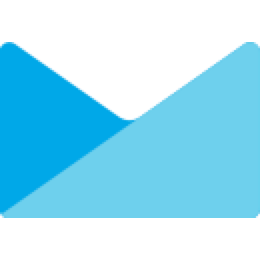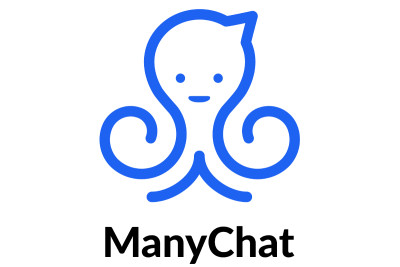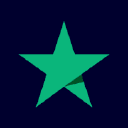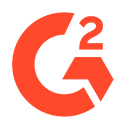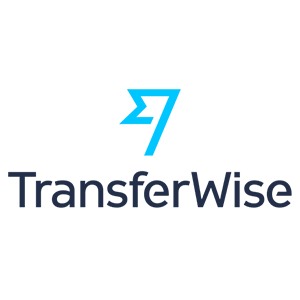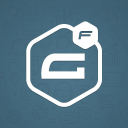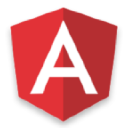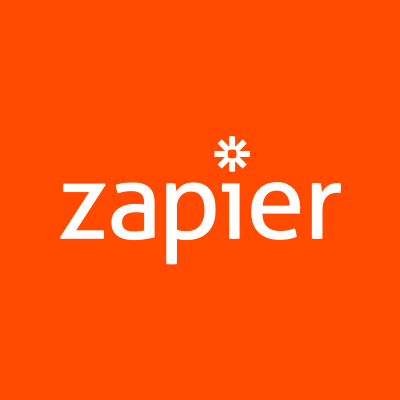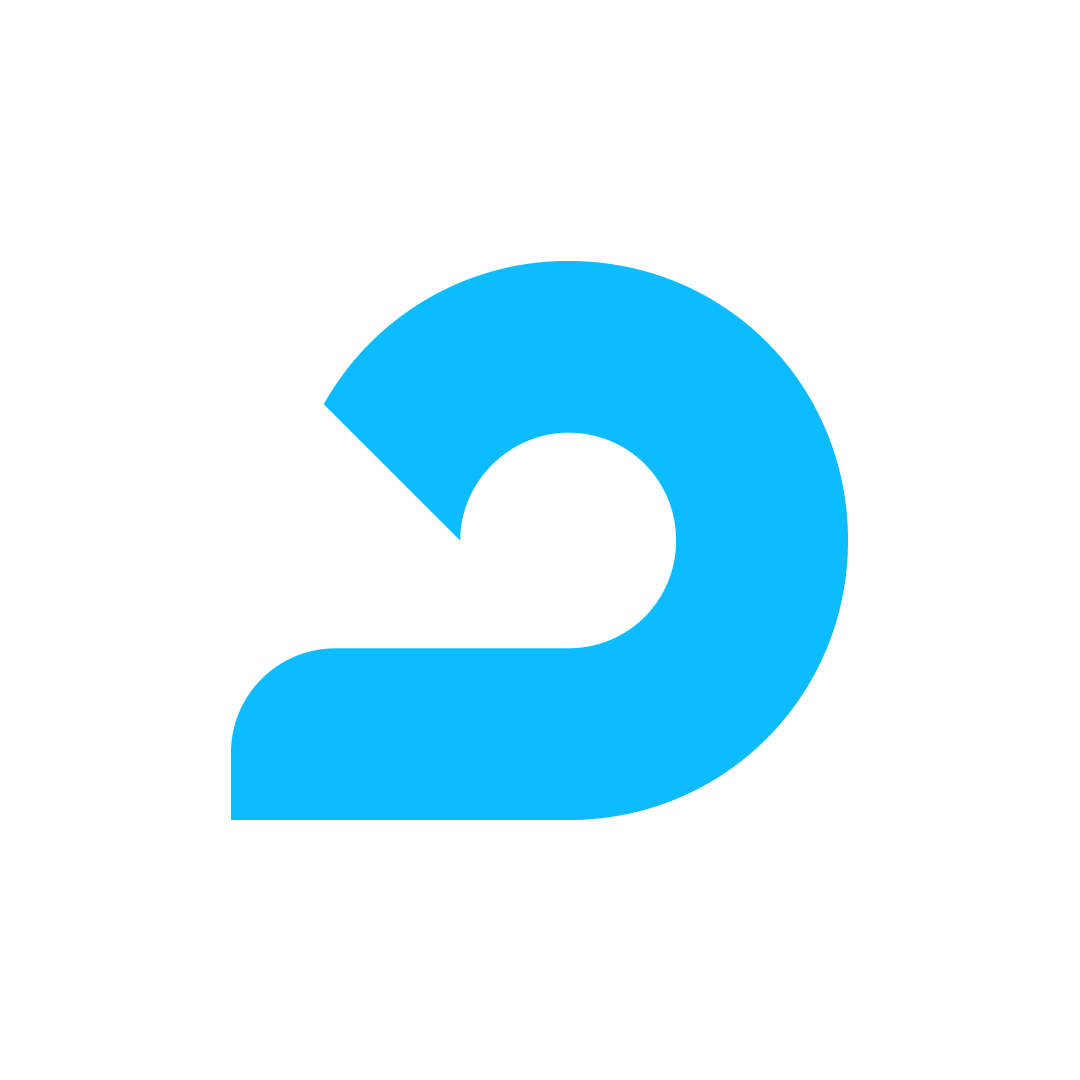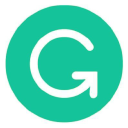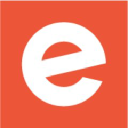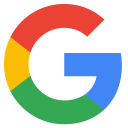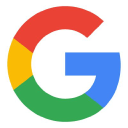
On Pivoting From An Agency To Subscription Based Graphic Design And 1000+ Clients
Hey, I’m Senthu Velnayagam, Co-Founder and Director of Innovations at Kimp.io, a productized service and graphic design startup. Kimp provides professional graphic design services to clients around the world that range from startups, to SMBs, to nonprofits, to marketing agencies.

The common denominator for our clients is that they have recurring graphic design needs, but they don’t have the capacity to constantly be onboarding designers. In some cases, budget constraints are also an issue. Which is what makes our work so rewarding.
We offer a subscription for the flat fee of $389/mo, that kicks off with a free 7-day trial, making professional graphic design more accessible. Discounts are available for our nonprofit clients as well. Through Kimp, we provide clients access to a dedicated team, and consistent turnarounds, on a month-to-month basis. So our clients can sign up for our services as they need them, and cancel as they don’t.
This in turn helps them get new business ideas off the ground; or to scale in ways that they previously weren’t able to; or in the case of nonprofits and social enterprises, reach more people than ever with positive messages. And we get to do this while creating full-time employment opportunities for designers who love working on such a wide range of projects.
Kimp came together in 2018 and was launched in early 2019. To date we’ve served over 1400 clients. It took about 3 months to become profitable. And those 3 months were as excruciating as they were exhilarating. Because we didn’t just launch a new startup. We were pivoting a business model that was no longer working, into one that we believed would.
And here we are, nearly a year and a half later, making plans to innovate and grow, and supporting our team and clients through a pandemic. If you asked me a year ago where I thought we’d be when mid-2020 rolled around, I definitely would’ve said the first part of that sentence. And not the second. But Covid-19 is proving to be a bigger test than our pivot ever was.

What's your backstory and how did you get into entrepreneurship?
When I was 17 I came to Canada with my family from Sri Lanka, where I was born and raised in the midst of the country’s civil war. Ever since I was a kid I always wanted to pave my own path. And coming to Canada made that drive stronger. It also gave me the opportunity to do so. I went through high school, while juggling part-time jobs. They ranged from working at Tim Hortons to helping with production at a bakery, to dishwashing. When I graduated in 2002, I took a year off and visited my sister in Denmark with my savings.
There’s only so much you can do with an idea in your mind. You’ve got to launch to validate and rule in or out different options for your way forward.
When I came back to Toronto, I was broke but had a clearer sense of what I wanted to do. It was time to start making my own way. So I worked with my cousins on a couple of their startups, which involved design and web hosting. They didn’t take off.
Actually, they outright failed. But they’d introduced me to digital marketing and the idea of being a web entrepreneur. And through this experience I learned how to design, and so I shifted my focus to freelance designing. I also started a degree in design at York University. But as work picked up, and digital marketing became increasingly popular, I realized I had two choices. Be in the thick of things as a designer for digital marketers. Or sit in classrooms thinking about one day being able to do the same.
Take us through your entrepreneurial journey. How did you go from day 1 to today?
I initially got projects by scoping out forums where digital marketers hung out and chatted about their projects. One thing I noticed is how many people wanted web banners. And how few seemed to be designing them. There were lots of options for other types of graphic design but no one specializing in banners which were driving more and more revenue for marketers.
I started focusing on banner design, and as I started getting more projects, I thought I’d set up a site as my storefront to take on orders. In May 2003, I launched a website called BannersMall. The day I got the site up, I got 3 orders and it kind of snowballed from there.
A couple of months in Hostgator became a client. And over time many other household names, when it comes to digital marketing, became clients, including Endurance International Group, Russell Brunson, 1&1, and Mike Filsaime. By December 2003, Chris Hevoyan, based in LA, became my partner in BannersMall to help support our growing roster of clients. And then in 2007, Chris shifted focus to other projects, and my brother Ven, who is the Co-Founder of Kimp, partnered with me on BannersMall in 2008.
In 2008 it was becoming obvious that we weren’t going to be able to continue to manage the workload by ourselves. So after doing some research, I decided to head to India in 2009 to see if we could set up a creative team there. In hindsight, it was an amazing time to be in India. The country was opening up to the world and the tech and creative scenes were booming.
There was a ton of talent. But it was also overwhelming trying to figure everything out, and I came close to packing up and heading back. The day I was ready to call it quits, is the same day I met our first designer.
From that point on, we were able to steadily grow the team. Access to a talented pool of designers, who were eager to work on projects for clients around the world, meant that for the first time we could also expand beyond banners.
For some time, BannersMall clients had been asking for additional services like motion graphics or website design and development. And now we would have the capacity to offer it. Not wanting to complicate our offering and business model, we formed Doto in 2010, a design agency that could take on more complex, ongoing projects. I traveled back and forth between India and Canada, focusing on building out the team and strategic growth. And Ven managed business development and sales from Canada with our team there.
We had a great run during which both BannersMall and Doto were doing well, but then business started tapering off about 2 and a half years ago. While we were the first to specialize in designing web banners, with BannersMall, we hadn’t innovated. And competitors who emerged on the scene afterward were now outstripping us when it came to advances in their offerings.
As for Doto, like all design agencies, we were vulnerable because our bottom line was dependent on big accounts with a small group of clients. Some of these accounts gave us amazing opportunities. Like our agency partners who got our assistance with designing for brands that included Aveeno, Axe, Dell, Lorel, Subway, Pfizer, and major Canadian Banks. By 2017, many of our clients were in real estate and property development. And even as we were investing heavily in building out custom software and services for them, when the market dipped, so did our clients’ marketing budgets.
But we had this incredible team of designers we’d built. And we knew that there were a ton of other industries that still needed ongoing design services. Rapid-fire, we went through a bunch of different models, and then came back to one we’d contemplated in 2015. Subscription-based graphic design.
I first became aware of it when I came across Design Pickle. The company’s Founder Russ Perry developed and has executed the model with huge success. He literally brought to life an entire segment of graphic design services. There’s a saying that’s attributed to Issac Newton - "If I have seen further it is by standing on the shoulders of Giants." And similarly I think for everyone that’s launched a subscription-based design service, that Russ Perry made that vision possible.
So there we were in 2018, considering how to pivot into a different model. And also figuring out how to put our own unique spin on it. The delicate balance you have to maintain during a pivot brought on the steepest learning curve I’ve ever faced. On the one hand trying to make sure that existing clients still received their services as promised through our agency model, while building and preparing a brand and its operations to launch. We couldn’t hit pause on either end of things. The revenue from our agency model was fueling the launch of our subscription service.
LinkedIn’s Co-Founder Reid Hoffman has a popular quote that I used to think I understood, but it took on a whole new meaning for me in 2018. “An entrepreneur is someone who will jump off a cliff and assemble an airplane on the way down.”
Through a combination of willpower and many sacrifices, Kimp was launched in early 2019. We were a bit battered and bruised from our pivot, a little worse for the wear, but we’d made it to the other side. Our first customer was from Toronto, which was special for us. And since then our clients have enlisted our services from around the world.

How are you doing today and what does the future look like?
Today I’m based in India, and Ven in Canada, and we’re focused on doubling down on innovation and enhancement of our user experience, growing Kimp and expanding to different markets. Our full-time staff of approximately 70 (we’re in the middle of a round of hires) currently work out of our offices in Canada, India, Thailand, Sri Lanka, and Malaysia.
When it comes to our user experience, we’re focusing on aspects of our current operations like more effective onboarding and offering different tiers of service. We know some clients would prefer to be able to collaborate with their teams more so, and we’re working on options to make this possible.
We’re also looking ahead and working on building custom software to support the design process for our clients. I’m excited about this because we’re going to be using the insights we’ve gained in our first year and a half of operating and inviting customers to become engaged in the process of the build-out. Many of our team members are also going to be getting the opportunity to expand the scope of their roles, and to assume new roles as we grow. Having gone through quite a bit together, including weathering Covid-19, it feels great to be planning new opportunities for the team as well.
When I mention expanding to different markets, part of that is earning more market share, and the opportunity to serve new clients and support them with their business goals through design. The other part is creating employment opportunities for designers and aspiring designers. I know that I never would have become a designer if I hadn’t had the opportunity to be exposed to digital marketing and to learn how to design. And creating opportunities for aspiring designers to be trained, and to work as designers, in regions that lack them, is definitely a goal for Kimp. Design has played a transformative role in my life, my team’s life, and in our client's lives. We want to keep paying that forward.
In the longer run, we want to continue to innovate and create solutions that make the design process easier for clients. We see an increasing need for this, especially as companies around the world have shifted to working remotely this year in a very unexpected way. They will continue to need tools and software that are agile enough to support them.
Through starting the business, have you learned anything particularly helpful or advantageous?
Starting a business has got to be one of the most challenging ways to learn new skills and lessons. Especially because it can be trial by fire in many situations, when you get the tests first and lessons after.
One of the most important things I’ve learned is the importance of innovating. You can’t become the company you want to be if you just continue operating as the company you are. The status quo is the status quo. And it might feel really good when your monthly recurring revenue is on the rise, but without innovation what goes up, can come crashing down.
On that note, it’s important to anticipate where you’re heading and do everything to try to prepare yourself for that by investing in resources and developing your own skillset. Make sure you’re learning every day and regularly analyzing your plans and performance. The pain of regret is far worse than the pain of discipline.
This is where a SWOT analysis is really helpful. And it should include input and insights from your stakeholders. It doesn’t work to just plan based on what you know. And since you don’t know what you don’t know, you have to take every opportunity to get feedback.
What platform/tools do you use for your business?
We use Trello with our clients to help them make and manage design requests. And we’ve developed our own custom CRM software, to help manage client accounts and profiles.
For communications with clients we use Crisp for our live chat on our website. We initially started using Intercom but found that Crisp was a great alternative. Internally, our team communicates via the collaboration hub Flock.
To manage internal projects we use Basecamp and to automate, and document workflows, we’re using Pipefy and Notion. We’ve also built a web app that helps with time tracking, to identify where we’re being most efficient and where we could stand to improve. As for our marketing we use a combination of Zoho One (for social media scheduling and lead management), G Suite, and Campaign Monitor. And Zapier helps us build in automation and integrations wherever we need them.
AppSumo is a great site to keep an eye on for deals on software. They feature a lot of companies that are fairly new, with impressive offerings. As an early adopter, you can get access to amazing lifetime deals with various software and resources.
What have been the most influential books, podcasts, or other resources?
I read a lot of ebooks and marketing guides from other entrepreneurs. Since they’re niche-specific they can be really helpful at providing a fresh perspective on a recurring problem. My favorite places to find these resources are Product Hunt, G2, Reddit, and relevant Facebook Groups. Feedly is also handy for keeping up with topics you’re invested in. It’s a news aggregator app that compiles news feeds from different sources (e.g. blogs, magazines, etc.).
My favorite books would have to be Expert Secrets and Dotcom Secrets by Russell Brunson, The Lean Startup by Eric Ries, and Looptail by Bruce Poon Tip. Expert Secrets and Dotcom Secrets are great resources for tips on how to scale your business online. I also like these books a lot because it’s great being able to follow Russell Brunson’s career and success stories, after completing several projects for him through BannersMall.
The Lean Startup emphasizes the need for constant innovation and approaching businesses and startups with this mindset.
And Looptail is an inspiring read by the Founder of G Adventures, a Canadian travel company, about how you can build a business without compromising your values.
Advice for other entrepreneurs who want to get started or are just starting out?
The most important piece of advice I can give is to start early and launch fast. There’s only so much you can do with an idea in your mind. You’ve got to launch to validate and rule in or out different options for your way forward.
And make sure you constantly seek out and surround yourself with those who can serve as sounding boards for you and support your growth. Kimp has been very fortunate to benefit from the support of YSpace, York University’s innovation hub. Through YSpace we’ve had access to entrepreneurs in residence as well as workshops and programming, and a network of entrepreneurs to bounce ideas off of.

Invest in great people and trust your team. Just like you haven’t always known how to do everything that you now can, your team members will also grow and adapt. Give them a chance to by assigning special projects and giving them opportunities to lead different initiatives. This will allow you to test out everyone’s capabilities, it will show them that there’s room and opportunity to grow, and it will take the weight off of trying to manage things solo. Some people may surprise you and tackle more than you expected, some may not. But these are calculated risks worth taking to help your company grow.
Being an entrepreneur and being a founder mean that you’re often leading the way, even if you’re creating the path and figuring things out as you go. It can be lonely, confusing, and even frustrating at times. Make sure you’re tapping into every community and resource you can. Working for yourself doesn’t have to mean going it alone.
Where can we go to learn more?

Download the report and join our email newsletter packed with business ideas and money-making opportunities, backed by real-life case studies.

Download the report and join our email newsletter packed with business ideas and money-making opportunities, backed by real-life case studies.

Download the report and join our email newsletter packed with business ideas and money-making opportunities, backed by real-life case studies.

Download the report and join our email newsletter packed with business ideas and money-making opportunities, backed by real-life case studies.

Download the report and join our email newsletter packed with business ideas and money-making opportunities, backed by real-life case studies.

Download the report and join our email newsletter packed with business ideas and money-making opportunities, backed by real-life case studies.

Download the report and join our email newsletter packed with business ideas and money-making opportunities, backed by real-life case studies.

Download the report and join our email newsletter packed with business ideas and money-making opportunities, backed by real-life case studies.


